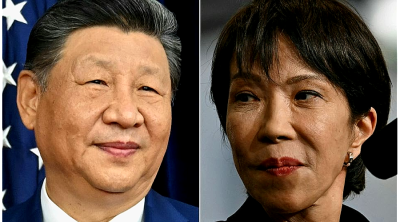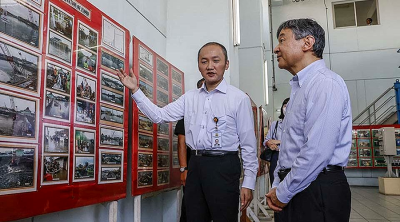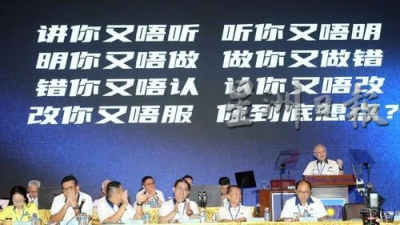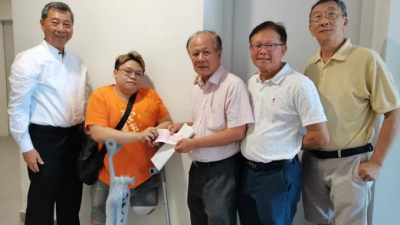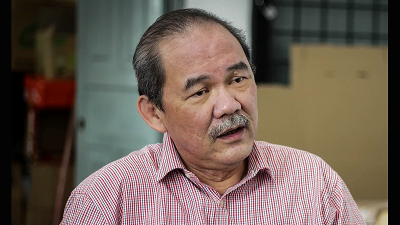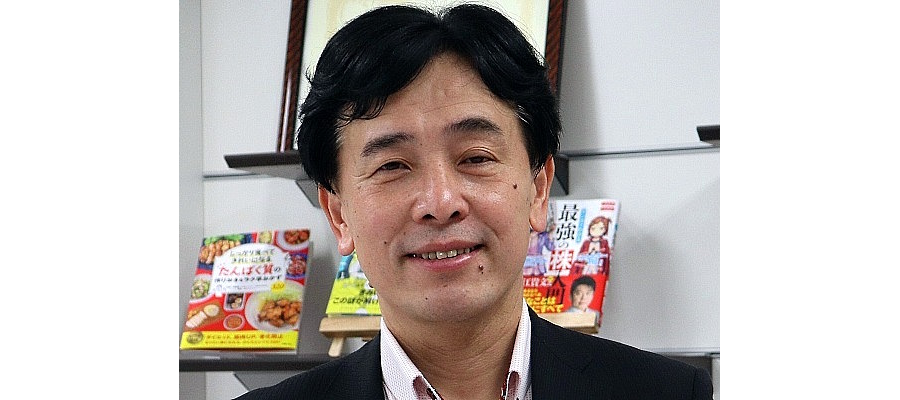
Japanese companies have been investing and expanding their FDI in the Association of Southeast Asian Nations (ASEAN) for many years.
Even during the 1997 Asian currency crisis, which was the biggest economic crisis in ASEAN’s post-war history, Japanese companies did not withdraw, but instead used the time to train their employees and improve their technological capabilities, preparing for a period of great growth.
As a result, Thailand, the epicentre of the crisis, became an automotive export hub and the world’s 10th largest producer.
At the end of 2023, Japan’s total direct investment in ASEAN reached $293.1 billion, accounting for 13.7 per cent of Japan’s total foreign direct investment.
While the ASEAN economy accounts for a mere 3.6 per cent of the global economy, Japan has invested capital far in excess of the size of this economy.
Why have Japanese companies continued to invest capital in ASEAN over the years? The answer lies in the high regard that Japanese companies have for ASEAN’s stance on free trade and a deep confidence that Japanese companies have in ASEAN to uphold this stance at all costs.
From alternative production site to strategic hub
Japanese companies’ expansion into ASEAN dates back 40 years to the Plaza Accord of 1985.
At that time, member countries’ markets were divided by tariff barriers, and companies were forced to make inefficient overlapping investments.
ASEAN governments listened to the voices of Japanese companies as outsiders and actively worked to turn the small markets of each member country into a single market and production base through flexible policy adjustments.
In fact, the Brand-to-Brand Complementation (BBC) scheme, the predecessor of the ASEAN Free Trade Area (AFTA), which was agreed upon in 1992, was formulated with the voices of Japanese companies in mind.
Businesses appreciated ASEAN’s commitment to regional integration and free trade, and invested heavily.
Since the 1990s, AFTA has been formed amid the trend of global trade liberalisation, and tariffs on intra-regional trade have been gradually reduced.
As mentioned above, Japanese companies, especially large ones, had been forced to make multiple overlapping investments within the ASEAN region, but with the establishment of AFTA, restructuring has progressed, aiming at concentrated production and mutual complementarity in a way that makes use of the characteristics of existing bases.
AFTA has contributed to improving ASEAN’s efficiency and competitiveness.
During the Asian currency crisis in 1997, many commentators and experts believed that the liberalisation schedule under AFTA would have to be postponed or stopped, but ASEAN instead accelerated liberalisation and even deepened it from tariff reduction to tariff elimination.
ASEAN’s strong stance on adhering to the free trade system further enhanced ASEAN’s credibility.
Even after AFTA brought about a blanket reduction and elimination of tariffs in key member countries in 2010, ASEAN did not stop its liberalisation efforts.
ASEAN concluded free trade agreements (FTAs) with key trading partners, including Japan, and continued to improve the trade and investment environment.
In 2015, the ASEAN Economic Community (AEC) was established, further promoting economic integration within the region.
ASEAN’s sincere efforts toward free trade have further strengthened the commitment of Japanese companies, which have invested heavily in the region.
ASEAN is now an important part of Japanese companies’ supply chains.
As a result, the revitalisation of ASEAN has become indispensable for Japanese companies and Japan, and has also contributed to profits.
Mitigating geopolitical risk and a strategy to expand investment in ASEAN
In recent years, Japanese companies have positioned ASEAN as the key to the global supply chain (GSC), strengthening local sourcing and reviewing and rebuilding logistics networks.
In particular, the intensification of the US-China trade war since 2018 and the Covid-19 pandemic since 2020 have highlighted supply chain vulnerabilities.
In particular, since the Trump administration took office in the United States in 2017, Japanese companies have intensified their “China Plus One” strategy in the wake of trade tensions with China and rising geopolitical risks.
This has accelerated the movement to reduce dependence on China and position ASEAN as an alternative production and supply base.
Today, Japan and ASEAN share common interests and have developed a relationship that can be described as one and the same.
Japanese companies moving forward with ASEAN
Japanese companies’ investments in ASEAN, which began as a measure against the strong yen, have evolved from easy-to-use alternative production bases to strategic bases with various functions such as exports and research and development, against the backdrop of the progress of free trade, economic integration, and the growth of the ASEAN market.
In addition, the importance of ASEAN is increasing from the perspective of optimising the supply chain and avoiding geopolitical risks.
Although Japan cannot compete with China in terms of market attractiveness and economic power, Japan has always remained closely engaged with ASEAN.
In the future, in response to international trends, cooperation is expected in new growth areas such as environmental technology, infrastructure investment, digital economy, and smart cities.
Japan has always stood alongside ASEAN.
(Seiya Sukegawa is Professor at the Faculty of Political Science and Economics, Kokushikan University, Japan, and Visiting Professor, Thai-Nichi Institute of Technology, Thailand.)
ADVERTISEMENT
ADVERTISEMENT






